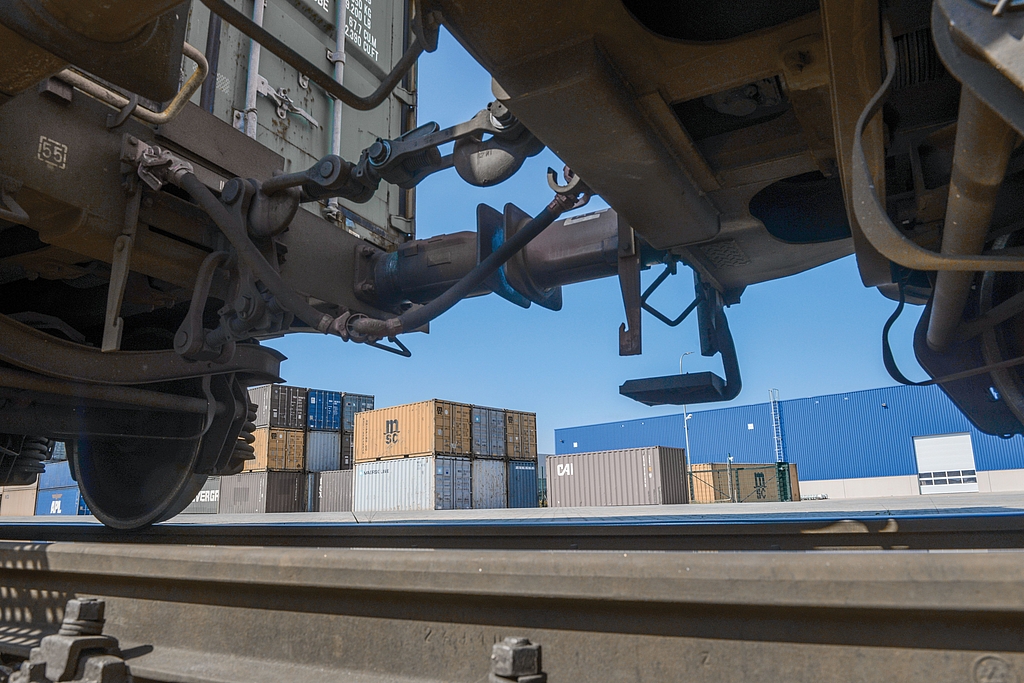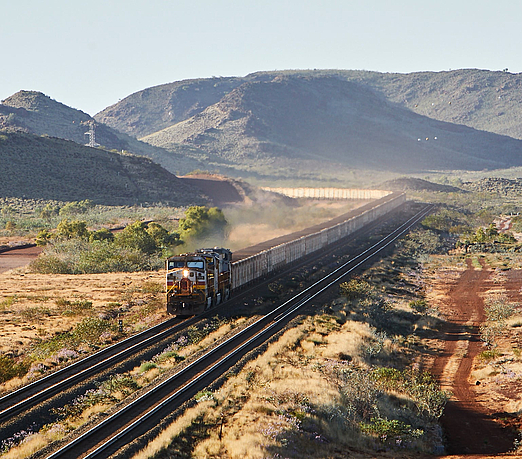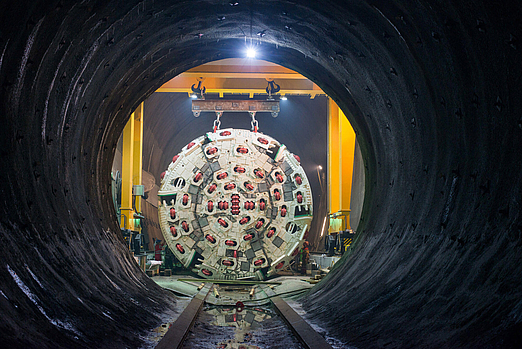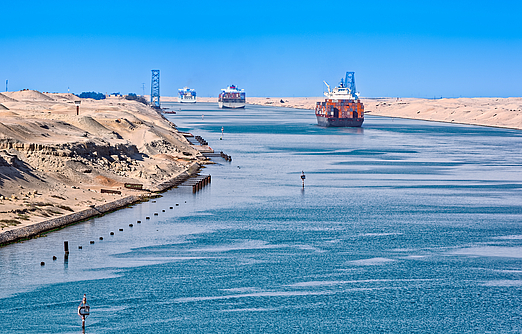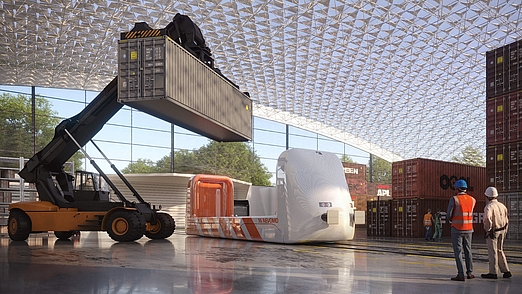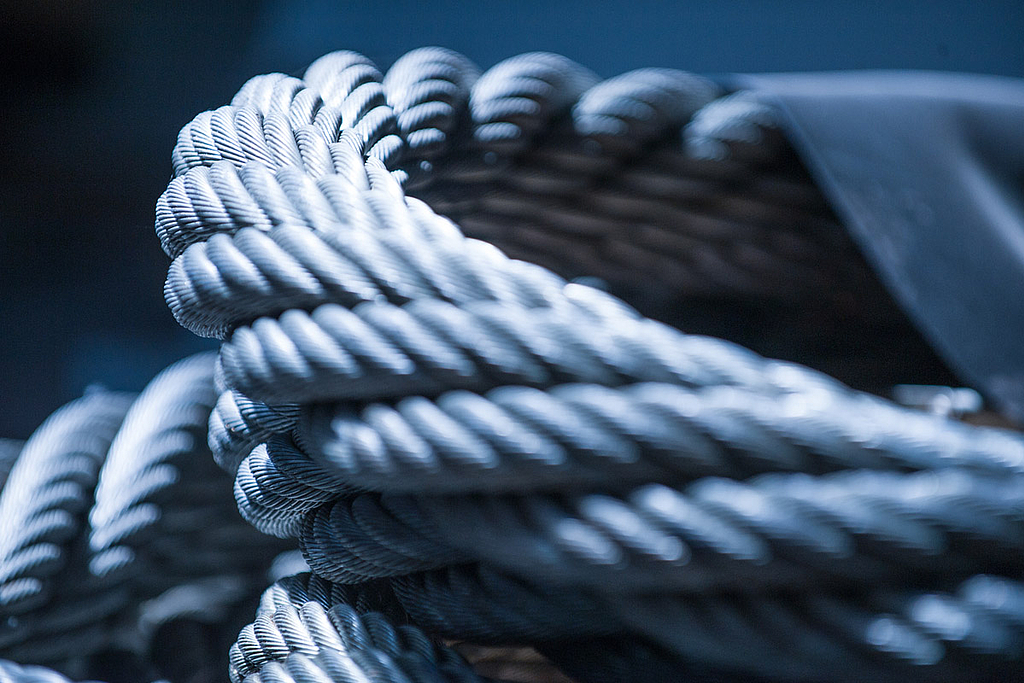When railway tracks nestle on sharp-edged granite and basalt
Why do railway tracks have stones underneath?
- Insights
It is widely known that railroad tracks have different gauge around the world. It is also common knowledge that trains in other countries use different types of drive systems. But there is a small, not altogether insignificant detail about railway tracks that generally goes unnoticed: The stones that line the track bed fulfill a number of essential functions for rail traffic. From helping to maintain the railway tracks to ensuring the safety of the trains that run on them, these unassuming stones have an important role to play...
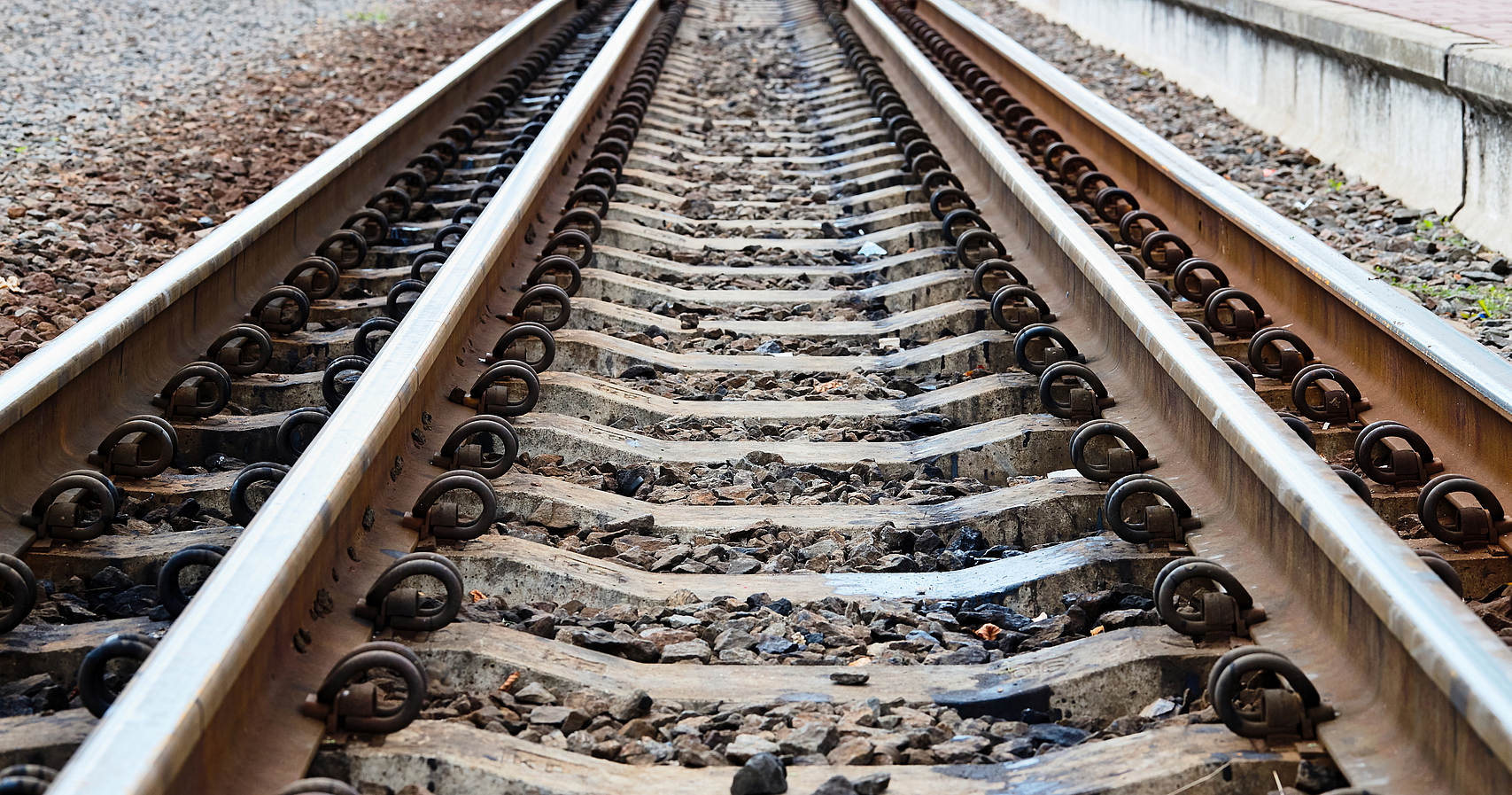
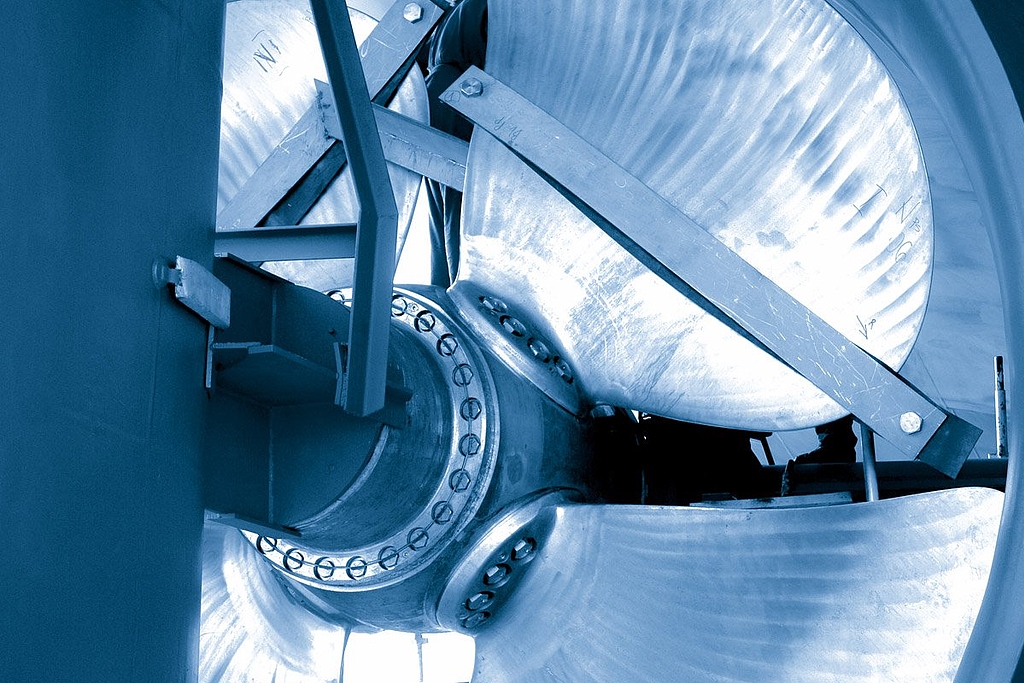
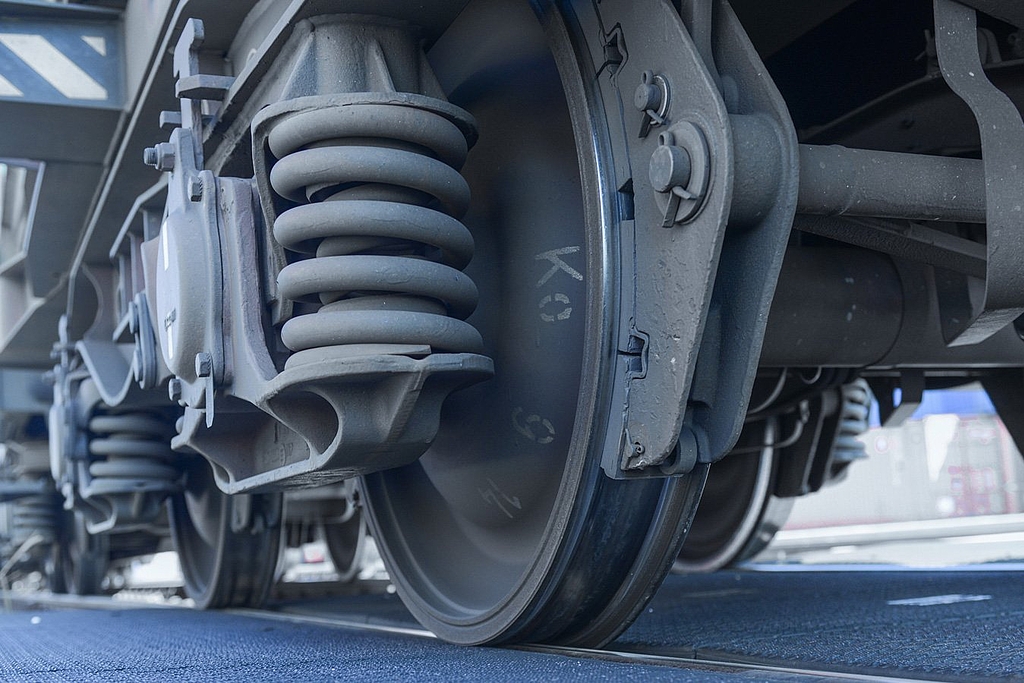
Our rail service is faster than sea cargo and less expensive than air cargo, giving you the best of both worlds.
Rail transport is a fast, cost-effective and environment-friendly alternative to air and sea freight. Our specialized teams will create the optimal rail transport concept for any commodity.
Find out more
